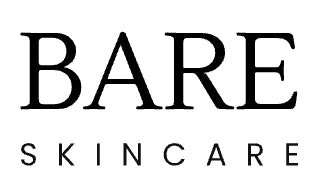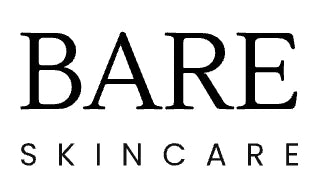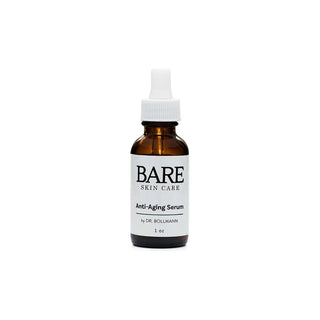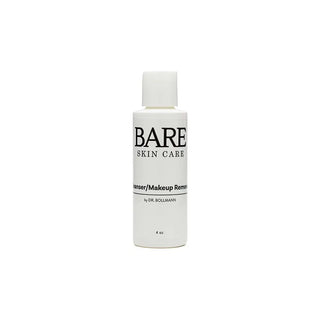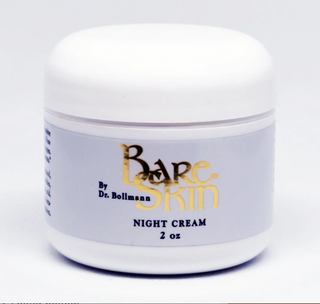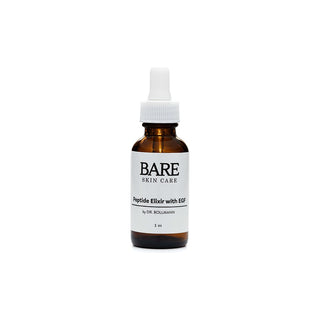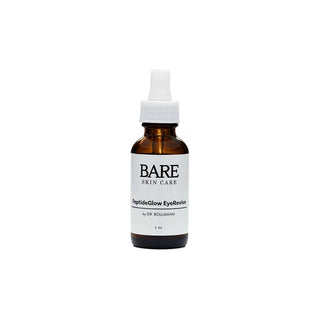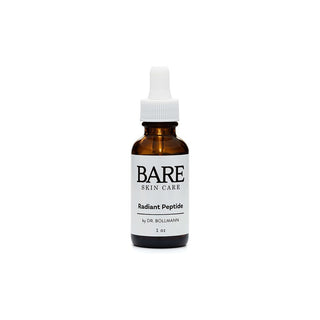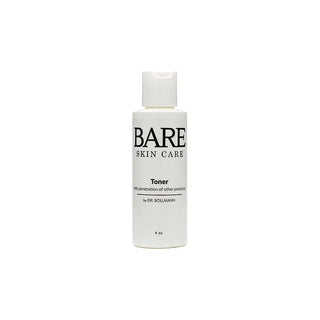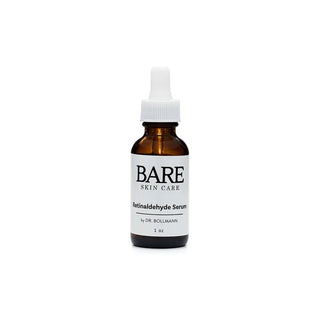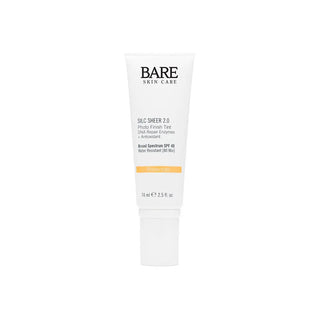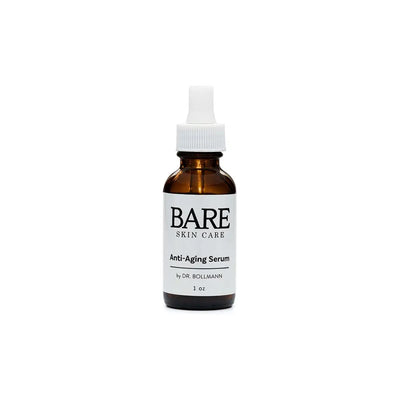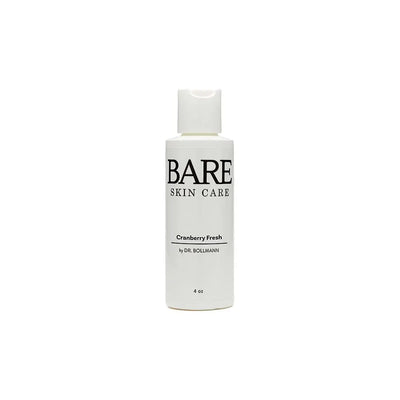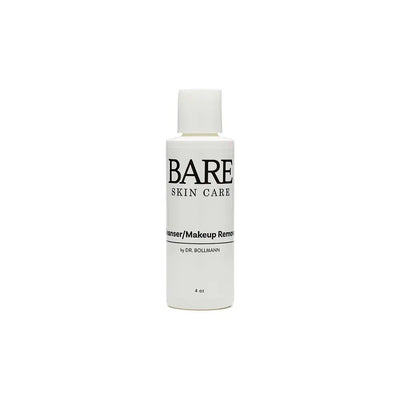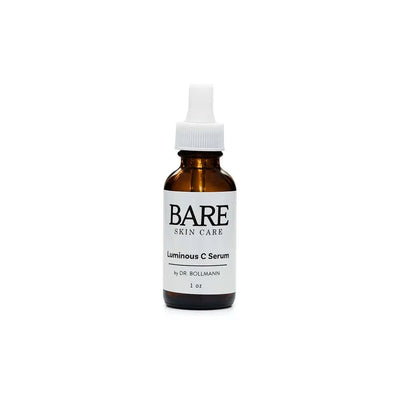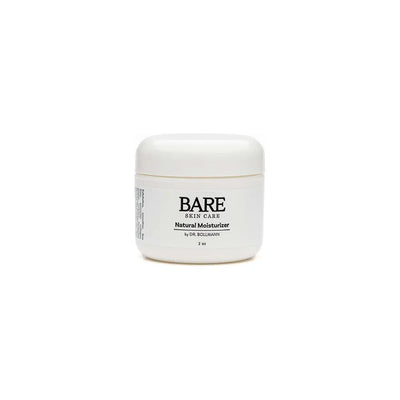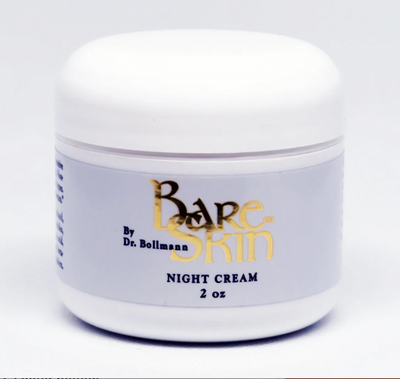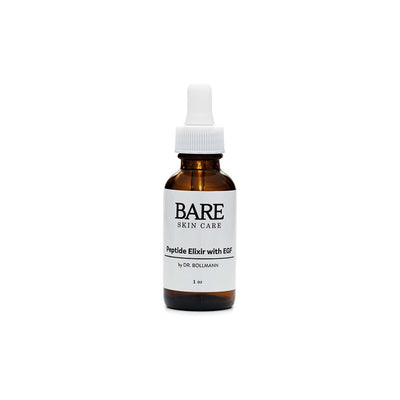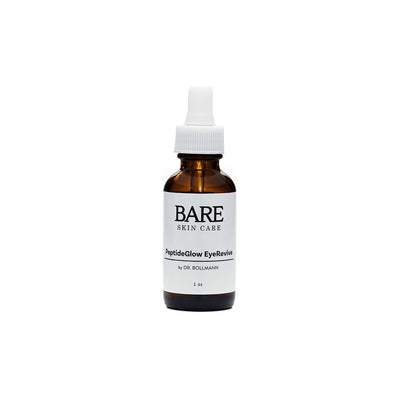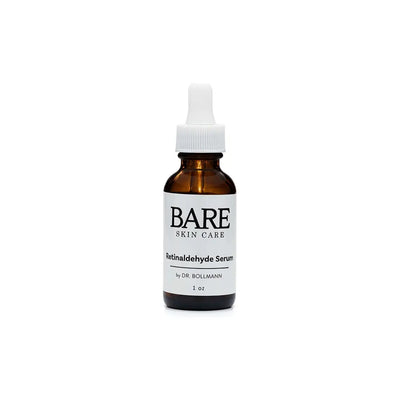 Dr Bollman, Skin Care Specialist, Anti-Aging Expert
Dr Bollman, Skin Care Specialist, Anti-Aging Expert
I have been asked to answer a question on Quora about using Advil to reduce the dangers of milk causing acne. Supposedly, milk causes inflammation, and will Advil reduce this.
Apparently milk can cause acne, but in my experience treating women for over 30 years, I have not seen milk as a cause. And as a benefits versus risk, milk is a good food. Essentially you could live off milk, as it contains everything you need except Vitamin D. Which you can get from the sun - or supplemented in milk at your local store.
One need only look at the growth rate of children today. Or watch an NFL or NBA game. Children are healthier, bigger and live longer today than ever. Milk provides for larger bones and many other advantages.
It could be the hormones and other nutrients found in our food today are more beneficial than disadvantageous.
Evidence for the three* or more servings of dairy foods each day, as well as the importance of calcium and vitamin D for bone health, are supported by recent publications from the American Academy of Pediatrics and Canadian Medical Association Journal. Dairy foods’ (milk, cheese and yogurt) have a unique ability to provide these important nutrients many children are lacking, and are diverse enough to fit three servings into many nutrient-dense dietary patterns, from a Mediterranean diet to Dietary Approaches to Stop Hypertension (DASH) and MyPlate eating plans.
The American Academy of Pediatrics’ (AAP) clinical report, “Optimizing Bone Health in Children and Adolescents,” published in the October 2014 issue of Pediatrics states6:
· Cow’s milk intake in childhood and adolescence is associated with high bone mineral content and reduced risk of fracture in adulthood.
o This may be due to cow’s milk’s unique package of bioavailable nutrients, including calcium and vitamin D, which the 2010 Dietary Guidelines for Americans acknowledge as nutrients of public health concern.1
· Children four to eight years of age require two to three servings of dairy products per day, and adolescents require four servings.6
· Vegetables provide bioavailable calcium, but in some vegetables (i.e., spinach, beans, collard greens, rhubarb) the calcium is bound by oxalates making it difficult to rely on vegetables alone to meet daily calcium requirements without consuming substantial quantities.6
· Milk alternatives, such as soy- or almond-based beverages, may have a reduced amount of bioavailable calcium per glass, even when fortified with calcium.
I drink milk every day.
As to the question of using Advil to prevent the side effects of milk, I list the side effects of Advil:
Advil side effects
Get emergency medical help if you have any of these signs of an allergic reaction to Advil: hives; difficulty breathing; swelling of your face, lips, tongue, or throat. Stop taking Advil and seek medical attention or call your doctor at once if you have any of these serious side effects:
- chest pain, weakness, shortness of breath, slurred speech, problems with vision or balance;
- black, bloody, or tarry stools, coughing up blood or vomit that looks like coffee grounds;
- swelling or rapid weight gain;
- urinating less than usual or not at all;
- nausea, upper stomach pain, itching, loss of appetite, dark urine, clay-colored stools, jaundice (yellowing of the skin or eyes);
- fever, sore throat, and headache with a severe blistering, peeling, and red skin rash;
- bruising, severe tingling, numbness, pain, muscle weakness; or
- severe headache, neck stiffness, chills, increased sensitivity to light, and/or seizure (convulsions).
- upset stomach, mild heartburn, diarrhea, constipation;
- bloating, gas;
- dizziness, headache, nervousness;
- skin itching or rash;
- blurred vision; or
- ringing in your ears.
Does this mean Advil is a bad drug - no. But milk and dairy products are not bad either, and the list of side effects is much less.







